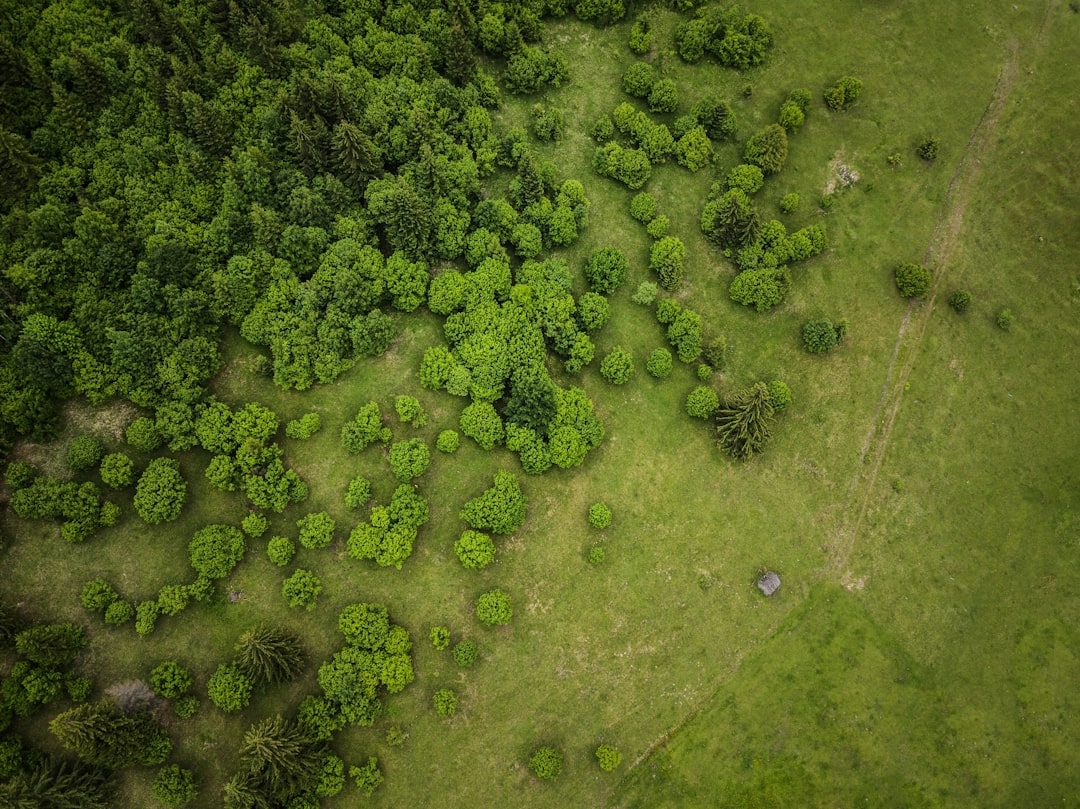
What it is:
Green trends in Virtual Reality (VR) and Augmented Reality (AR) represent the intersection of cutting-edge technology and sustainable practices. These technologies leverage immersive experiences to promote environmental awareness, educate users about sustainability, and drive engagement in eco-friendly initiatives. VR allows users to explore virtual environments that showcase the importance of conservation, biodiversity, and climate action, while AR enhances real-world interactions, encouraging individuals to adopt green habits in their daily lives. By utilizing these innovative technologies, companies and organizations are creating tools that inspire proactive approaches to environmental challenges.
Real-World Problems:
1. E-Waste Generation
One significant issue associated with the rise of VR and AR technologies is electronic waste (e-waste). The production and disposal of VR headsets and AR devices contribute to an increasing amount of e-waste, leading to environmental concerns regarding toxic materials and improper disposal methods. As demand for these technologies grows, so does the urgency to implement sustainable manufacturing practices and recycling programs.
2. Energy Consumption
The energy required to power VR and AR systems, particularly in commercial settings, can be substantial. Data centers that support cloud-based VR/AR applications consume massive amounts of electricity, often derived from non-renewable sources. This results in a carbon footprint that undermines the sustainable message these technologies aim to promote.
3. Accessibility and Inclusivity
Access to VR and AR technologies can be limited by socioeconomic factors and geographical disparities. Not everyone has the financial means to invest in advanced devices or high-speed internet, which can create an exclusionary barrier to the very benefits that VR and AR are intended to provide, such as education and engagement in sustainability practices.
4. Overreliance on Technology
While VR and AR can effectively raise awareness about environmental issues, there’s a risk of overreliance on these technologies to facilitate behavior change. Users may feel a sense of accomplishment after participating in virtual experiences without translating that engagement into real-world action, thus undermining the potential impact of these tools.
5. Urbanization and Land Use
The rapid development of VR and AR applications often targets urban populations, which can inadvertently neglect rural areas where environmental issues might be more pronounced. This urban-centric focus may lead to a lack of comprehensive solutions that address environmental degradation and ecological challenges across diverse landscapes.

Solutions to Address Real-World Problems in VR and AR
1. Sustainable E-Waste Management
To combat the growing issue of electronic waste, manufacturers should adopt sustainable practices in the production and disposal of VR and AR devices. This includes utilizing recyclable materials, implementing trade-in programs, and promoting awareness about proper e-waste recycling methods. Consumers can play a significant role by returning outdated devices to designated recycling centers.
2. Energy Efficiency Innovations
Developers and companies can focus on creating energy-efficient VR and AR systems that require less power. Utilizing renewable energy sources to power data centers and promoting energy-saving features in these technologies can significantly reduce their carbon footprint. Additionally, organizations should prioritize using green technologies in their operations to set an example for sustainable energy usage.
3. Enhancing Accessibility
To ensure that VR and AR technologies benefit a broader audience, companies should invest in affordable devices and applications that can be accessed through lower-end technology. Community initiatives and public programs can help bridge the gap, offering free or subsidized access to VR and AR experiences that promote environmental education and engagement.
4. Encouraging Real-World Action
To maximize the impact of VR and AR on sustainability, developers can integrate features that encourage users to take tangible actions in their everyday lives. This can include gamification elements, community challenges, and rewards for those who translate their virtual experiences into real-world practices, such as reducing their carbon footprint or engaging in local conservation efforts.
5. Inclusive Solutions for Diverse Landscapes
To address environmental issues effectively, VR and AR applications should be designed to target a variety of demographics and geographical areas. By creating customized content that resonates with both urban and rural communities, these technologies can foster a comprehensive understanding of environmental challenges and drive collaborative solutions to promote sustainability across landscapes.















